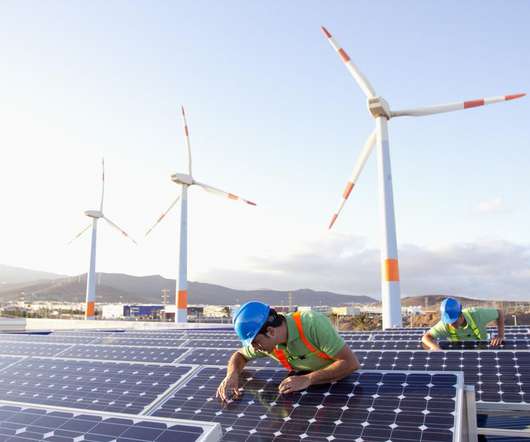Carbon emissions from generating electricity for electric vehicles vary greatly across the individual US states
Green Car Congress
MAY 1, 2023
by Michael Sivak, Sivak Applied Research The overall advantage of battery electric over gasoline vehicles, in terms of well-to-wheels emissions of greenhouse gases, has been well documented. Rank State Proportional amount of emissions relative to 100% hydro 1 West Virginia 163.9 Nuclear 0 0 Wind 2.5 Natural gas 87.9



















Let's personalize your content